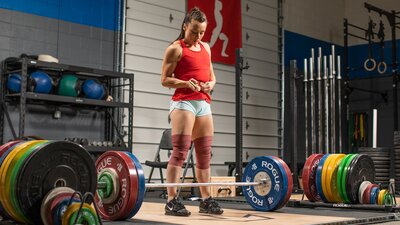What is CrossFit? | CrossFit for Bodybuilders | Bodybuilding for CrossFitters | Best CrossFit Supplements
CrossFit has been around in one form or another for over 20 years. But ask anyone who does it what, exactly, CrossFit "is," and you'll still usually get a "Well…"
This intense and occasionally controversial training style has always been tough to pin down or define. But that's the point: It defies easy characterization, and it helps create athletes that do the same.
Are you Cross-curious? I don't blame you. I've been in it for years—and stuck with it for years, including competing at the CrossFit games in 2015. Here's what you need to know about CrossFit two decades into its history.
What Is CrossFit Training?
Created at the turn of the century by coaches Greg Glassman and Lauren Jenai, CrossFit is a fitness system meant to help people develop an "increased work capacity across broad time and modal domains." This means that CrossFit isn't necessarily designed to get you better at one way of training, but rather, to always be ready for anything in the gym and out.
To do this, CrossFit athletes utilizes a wide range of tools and exercises, including:
- Olympic lifting (snatch and clean and jerk)
- Powerlifting-style barbell lifts (squat, deadlift, bench press, overhead press)
- Bodyweight training
- Explosive kettlebell training
- Gymnastics training
When you train CrossFit, you're training to get better at pretty much everything, not be the best at one thing. To a CrossFit coach and athlete, the person who is the most "fit" might be the person who could compete in a 5K run, powerlifting meet, rope-climbing contest, and swim meet and finish strong in each.
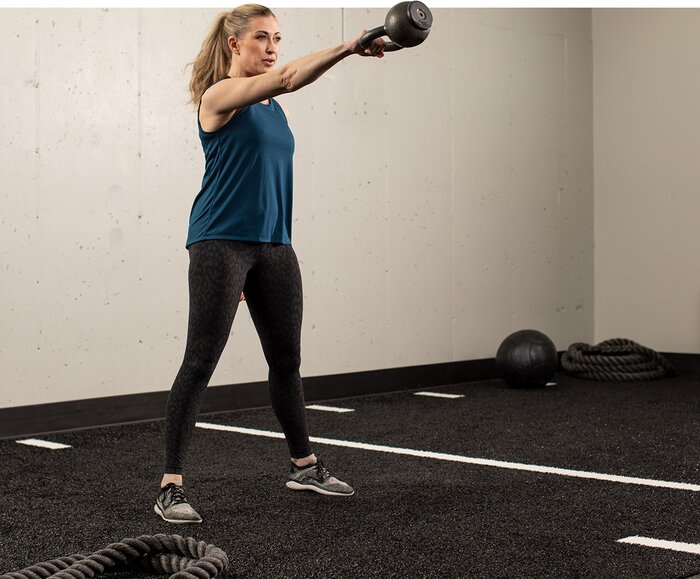
What Are CrossFit Workouts Like for Beginners?
There are as many different ways to approach CrossFit as there are CrossFit gyms or "boxes"—and there are over 15,000 boxes at last count.
If you try a class, you'll most likely do a workout of the day (WOD), which usually includes some type of "met-con" or metabolic conditioning session. This is a combination of strength training and conditioning, often involving performing as many rounds or reps as you can in a given amount of time.
The movements, rounds, reps, and other details always vary, so you never know what to expect. One day you could run 400s and do pull-ups. The next day you could be doing kettlebell swings, burpees, and box jumps. There are even some WODs that resemble bodybuilding workouts. An example is Lynne, where you alternate max-rep sets of bench press and pull-ups for 5 rounds.
But CrossFit goes beyond that. Good boxes will invest time to coach you on how to improve your form for both big compound lifts and Olympic lifts, skills like double-unders and kipping pull-ups, and even running and rowing techniques.
A nylon lifting belt is an essential CrossFit accessory to provide extra support while remaining flexible and comfortable through a varied and challenging WOD.
Is a CrossFit Box Better Than a Gym?
Not necessarily better, but maybe more fun. A CrossFit box is like a lifting playground. Instead of a maze of tightly packed exercise machines and dumbbell racks, you'll find a smaller array of barbells, bumper plates, lifting platforms, climbing ropes, rings, medicine balls, kettlebells, and a whole lot of pull-up bars, all built around a large open space.
You'll also get more in-depth personal training and the freedom to lift how you want. In a CrossFit box, you don't have to worry about dropping your heavy deadlift, getting yelled at for grunting, or being kicked out for being too awesome. And the lifting community in an established box is both supportive and competitive in the best way.
Will CrossFit Help Me Build Muscle?
CrossFit alone probably isn't going to make you huge, but it is a great way to stay lean, versatile, and athletic while you add muscle. I will say, though, that athletes like Heather Welsh, Rich Froning, Dan Bailey, Marcus Hendren, Annie Thorisdottir—the list goes on indefinitely, and the pictures speak for themselves—prove that you can get strong and jacked doing CrossFit.
What If I Can't Do the Workouts?
One of the best things about CrossFit is that it's almost infinitely scalable. If you can't do the workout as prescribed, then you do what you can. So, if you can't do bodyweight pull-ups, you can do ring rows, or use bands, or you can do jump pull-ups. The same goes for almost every movement.
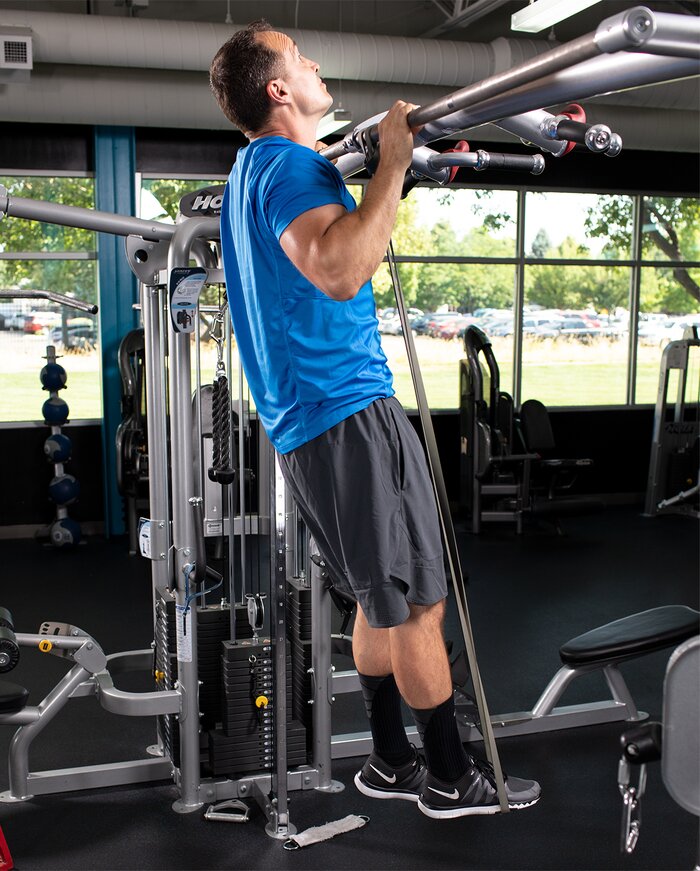
Nobody is going to force you to do something you're completely unprepared to do. However, CrossFit is also good at challenging you to do more than you think you can!
Are CrossFit Coaches Good?
As in all fitness facilities, some coaches are good and others aren't as good. When you're starting out, try classes with different coaches. Ask questions about lifts, about your challenges, and about their background and training certifications. This is one area where being your own best advocate will pay off.
Is CrossFit Dangerous?
Can you get hurt doing CrossFit? Sure you can. But you could also hurt yourself mountain biking, doing karate, base jumping—or just doing a normal bro workout.
All physical activity comes with some risk. If you follow directions, warm up adequately, keep your ego in check, and scale down when necessary, CrossFit doesn't need to be any more dangerous than other styles of working out.
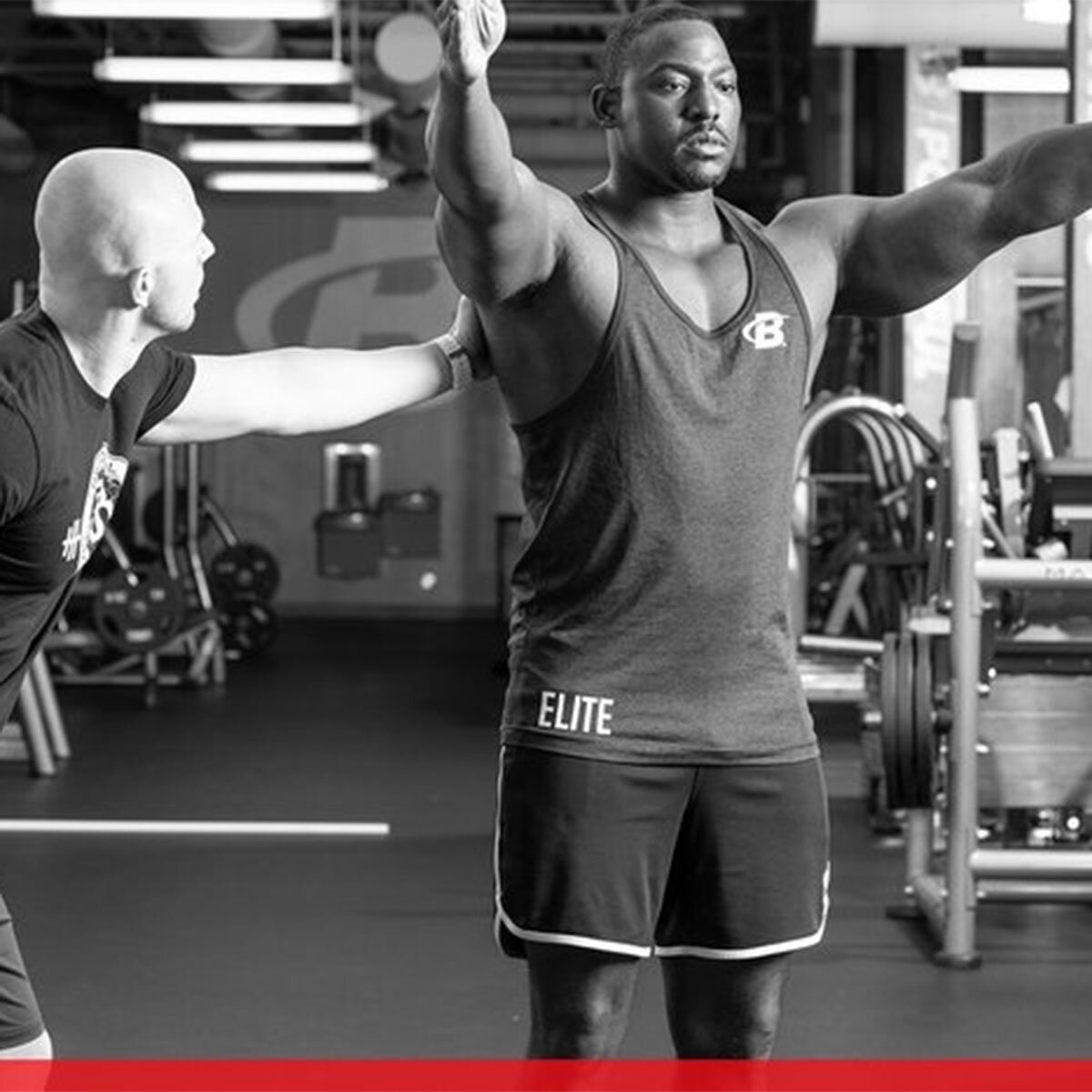
Why is CrossFit So Expensive?
CrossFit gyms are often more expensive than traditional gyms because while commercial gyms sell hundreds of memberships and hope only a third of their members show up, CrossFit boxes sign up fewer people and hope everyone shows up.
Is it worth it? That's up to you to decide. But it has been profoundly transformational for many athletes, ranging from Olympic lifter Quiana Welch to CrossFit games regular and gym owner Saxon Panchik. And some research has shown CrossFitters to have high levels of "community, satisfaction, and motivation."
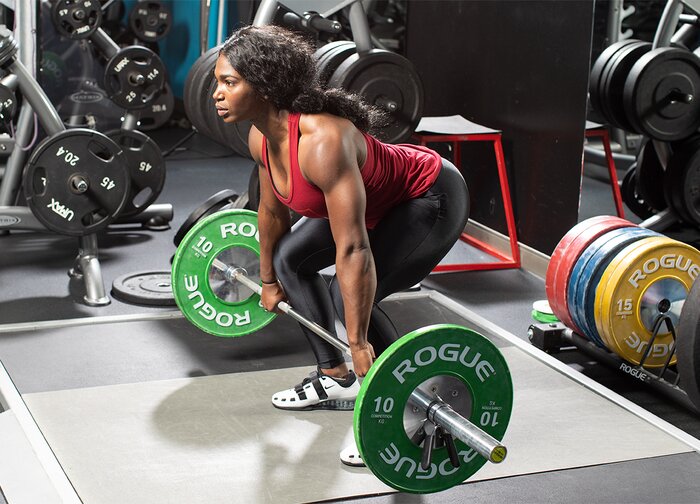
How Often Should I Do CrossFit?
A minimum of 2-3 times a week is enough to make serious progress, but if you really enjoy CrossFit, you can go 4-5 days a week. Find your optimal training frequency and stick with it.
Remember, you don't always have to push yourself to the limit. Some days you can focus more on cultivating skills. On other days, you can even do some functional bodybuilding. This is now more common in boxes than ever before!
Every type of lifter needs protein! Train, have a shake, and come back to do it again tomorrow.

